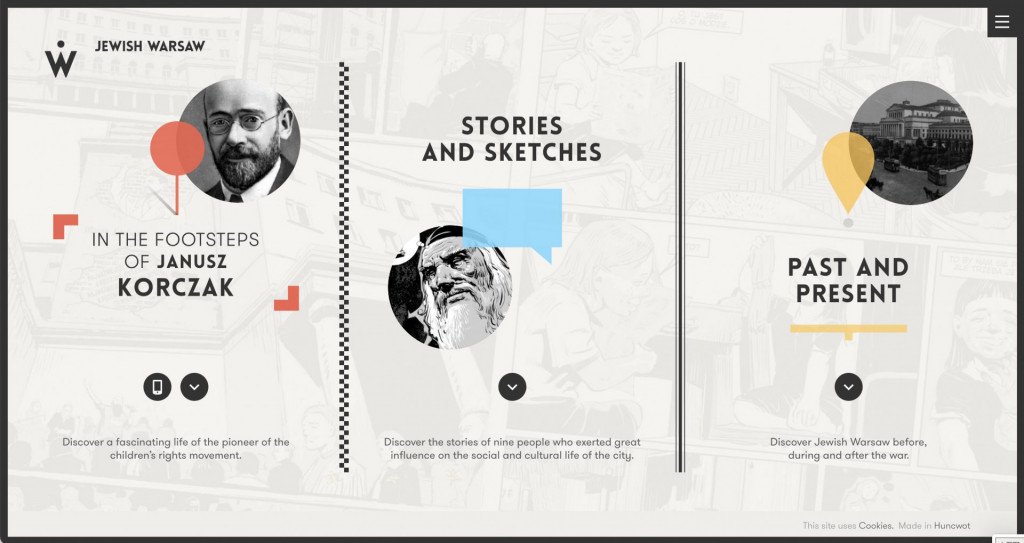Minimalist design, characterized by simplicity and functionality, emphasizes reducing visual clutter to enhance user experience. This design philosophy strips away unnecessary elements, focusing on essential features and content. By adopting minimalist principles, websites can achieve cleaner aesthetics, streamlined navigation, and improved performance.

Streamlining User Experience
Minimalist design enhances user experience by providing a clear and intuitive interface. With fewer distractions, users can easily focus on key content and actions. This simplicity in design helps users navigate the website more efficiently, leading to a more satisfying browsing experience. Consequently, a streamlined user experience can result in increased user engagement and reduced bounce rates.
Improving Page Load Times
One of the most significant benefits of minimalist design is its positive impact on page load times. By reducing the number of elements on a page, such as images, scripts, and third-party widgets, minimalist design minimizes the amount of data that needs to be loaded. This reduction in data transfer accelerates page load times, which is crucial for retaining visitors and improving search engine rankings.
Enhancing Mobile Responsiveness
Minimalist design principles naturally align with mobile responsiveness. A clean and straightforward layout adapts well to various screen sizes and devices. This adaptability ensures that users have a consistent and functional experience across smartphones, tablets, and desktops. Improved mobile responsiveness can lead to higher user satisfaction and increased accessibility.
Simplifying Navigation
Effective navigation is a core component of minimalist design. By emphasizing essential links and reducing visual clutter, minimalist websites make it easier for users to find what they need. Clear and concise navigation menus enhance usability, allowing visitors to access important sections of the site quickly. Simplified navigation contributes to a more enjoyable user journey and encourages exploration.
Optimizing Content Delivery
Minimalist design focuses on delivering content efficiently. By prioritizing key information and reducing unnecessary details, websites can present content in a more digestible format. This approach enhances readability and comprehension, allowing users to quickly grasp the main message. Effective content delivery improves user engagement and encourages longer site visits.
Boosting Accessibility
Minimalist design improves accessibility by eliminating visual distractions and focusing on essential elements. Simple layouts and clear typography enhance readability for users with visual impairments. Additionally, minimalist design often incorporates accessible features, such as high-contrast text and intuitive navigation, making the website more inclusive for all users.
Facilitating Faster Updates
Maintaining a minimalist website is often more straightforward than managing a complex design. Fewer elements and simpler layouts mean that updates and changes can be implemented more quickly and efficiently. This ease of maintenance ensures that the website remains up-to-date with the latest content and functionality without requiring extensive redesign efforts.
Enhancing SEO Performance
Search engines favor websites with fast load times, clear navigation, and relevant content—all features that minimalist design supports. By reducing page load times and focusing on key content, minimalist websites can achieve better search engine rankings. Additionally, a clean design often leads to a more user-friendly experience, which search engines consider when evaluating site quality.
Reducing Bounce Rates
A minimalist design can help reduce bounce rates by creating a more engaging and user-friendly environment. When visitors encounter a clutter-free and intuitive interface, they are more likely to stay on the site and explore further. This increased engagement leads to lower bounce rates and higher chances of converting visitors into customers or subscribers.
Enhancing Visual Appeal
Minimalist design enhances visual appeal by focusing on essential elements and employing a clean, modern aesthetic. This simplicity often results in a visually pleasing experience that attracts and retains users. A well-designed minimalist website can create a strong first impression and contribute to a positive brand perception.
Supporting Better Conversion Rates
By streamlining design elements and focusing on core actions, minimalist websites can improve conversion rates. A clear and straightforward layout guides users toward desired actions, such as signing up for a newsletter or making a purchase. Minimalist design principles help eliminate distractions, making it easier for users to complete conversions.
Encouraging Creativity and Innovation
Minimalist design encourages creativity and innovation by challenging designers to think critically about what elements are truly necessary. This approach fosters a more thoughtful design process, leading to unique and effective solutions. Embracing minimalist principles can inspire designers to explore new ways to present content and engage users.
Conclusion
Minimalist design significantly impacts website performance by enhancing user experience, improving page load times, and simplifying navigation. Its focus on essential elements and efficient content delivery supports better accessibility, SEO performance, and conversion rates. By embracing minimalist design principles, websites can achieve a cleaner, more effective online presence that resonates with users and achieves business goals.




